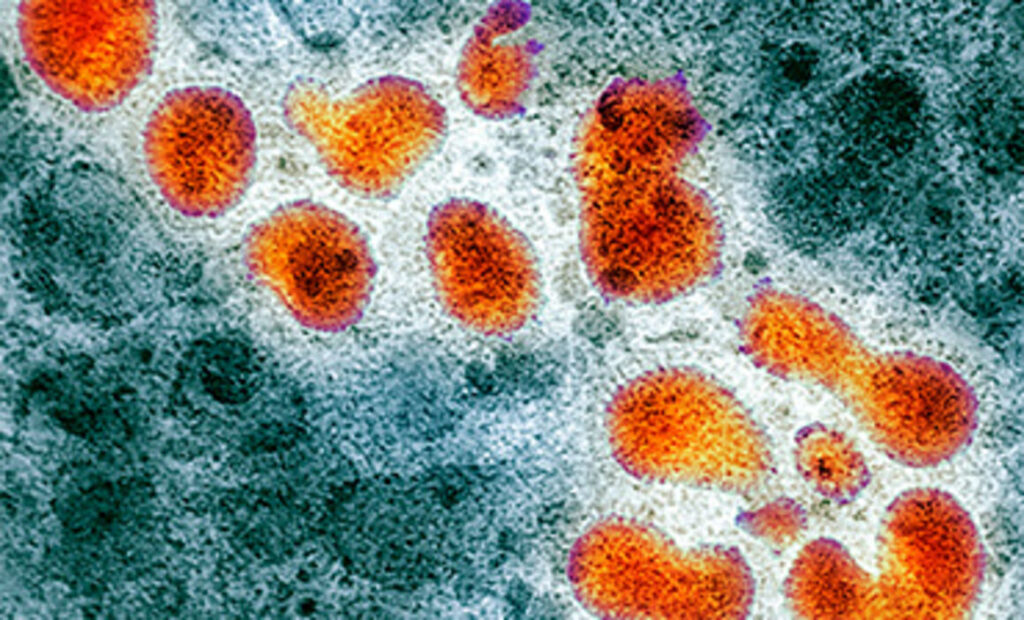
Avian Influenza: Understanding the Threat to Birds and Humans.
Go back to home
Introduction
Avian Influenza, commonly known as bird flu, is a viral infection that primarily affects birds. The diverse strains of avian influenza viruses, with the potential to mutate and infect humans, have drawn attention due to their impact on both animal health and public health. This article explores the characteristics of avian influenza, its transmission, its impact on birds and humans, and the measures taken to manage and prevent outbreaks.
Understanding Avian Influenza
Avian influenza viruses belong to the influenza A virus family and are categorized based on the combination of two proteins on the virus surface – hemagglutinin (H) and neuraminidase (N). While these viruses typically circulate among birds, they can infect domestic poultry such as chickens, ducks, and turkeys, as well as wild birds. The majority of avian influenza strains cause mild to moderate disease in birds, but some highly pathogenic strains can result in severe outbreaks, causing significant economic losses in the poultry industry.
Transmission to Humans.
One of the major concerns associated with avian influenza is its potential to infect humans. While most strains do not directly infect humans, certain subtypes, such as H5N1, H7N9, and H9N2, have demonstrated the ability to cross the species barrier. Human infections often occur through direct or close contact with infected birds or their droppings. The risk intensifies in areas where humans and birds coexist closely, such as live bird markets and farms.
Impact on Birds.
When avian influenza viruses successfully infect humans, they can cause a spectrum of illness, ranging from mild respiratory symptoms to severe respiratory distress. In some cases, these infections can result in fatal outcomes. The potential for these viruses to undergo genetic changes and acquire the ability for sustained human-to-human transmission raises concerns about the emergence of a pandemic strain, similar to historical instances such as the H1N1 influenza pandemic.
Prevention and Control Measures
To mitigate the risks associated with avian influenza, global health organizations, veterinary authorities, and governments employ various prevention and control measures. These include surveillance and monitoring of both bird and human populations, culling infected poultry to prevent further spread, and the development of vaccines for both birds and humans. Additionally, public awareness campaigns focus on educating communities about proper hygiene practices and measures to reduce the risk of transmission.
Conclusion
Avian influenza poses a complex challenge at the intersection of animal and human health. As we continue to navigate this dynamic landscape, ongoing research, international collaboration, and vigilant monitoring are essential to understand the virus, prevent outbreaks, and protect both bird and human populations. By addressing the multifaceted aspects of avian influenza, we can strive to create a world where the threat of a widespread pandemic is minimized, and the health and well-being of both animals and humans are safeguarded.
To know more on this you can check WHO content